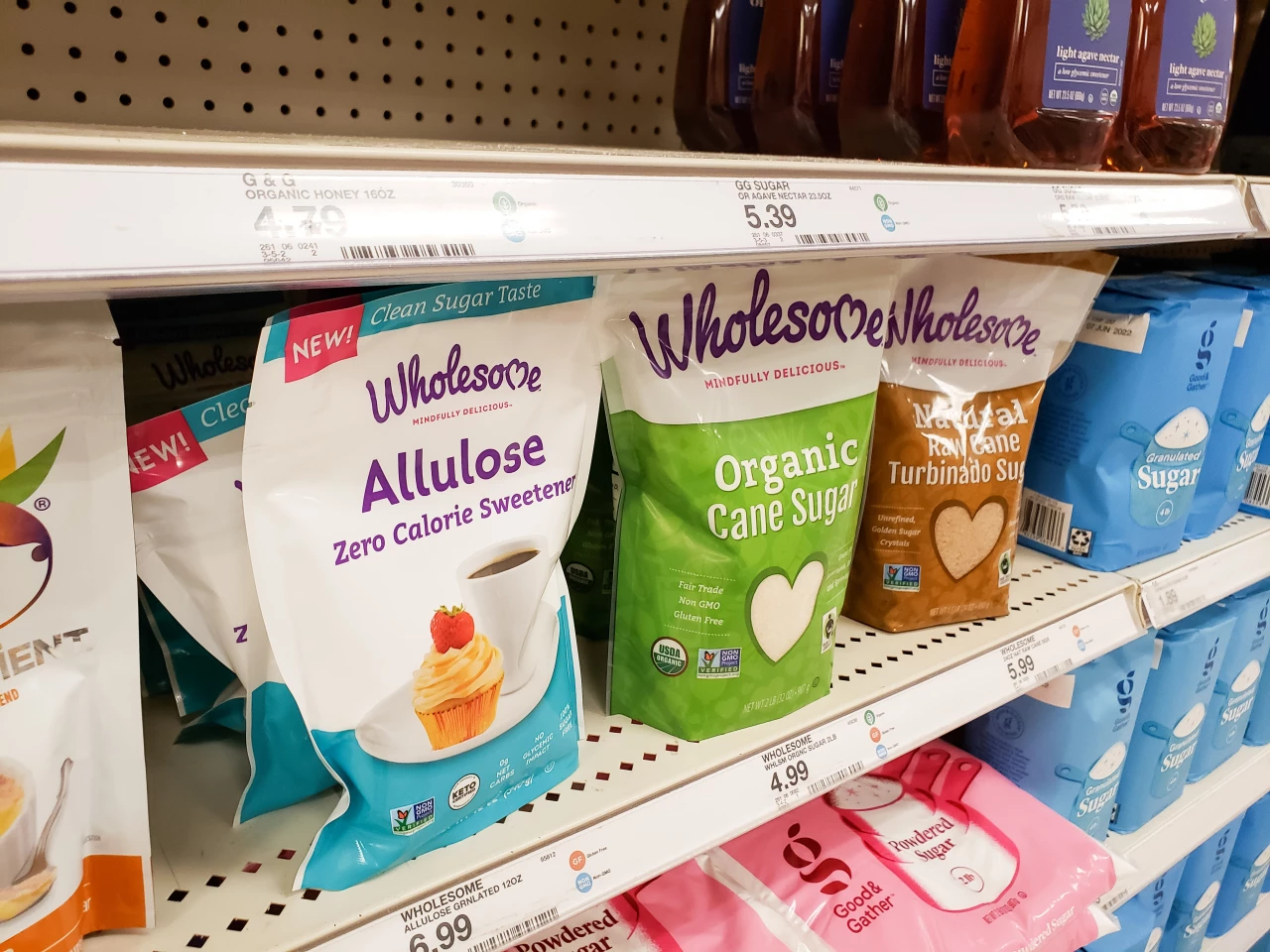One of the biggest barriers to finding a healthy, affordable alternative to table sugar, or sucrose, is being able to make it. One such substitute, allulose, is around 70% as sweet as sucrose, but contains just 10% of the calories and has even been shown to improve blood glucose levels and help in weight loss in people with type 2 diabetes. Yet, notoriously low, poor-quality yields in current production methods have hindered its growth.
Now, scientists at the University of California, Davis (UC Davis) have made a “significant breakthrough” in allulose production, with a method that offers both a high-quality yield and viable scalability, setting it up as a viable and healthier sugar substitute. It also rewrites the book on how allulose is currently sourced, which could swiftly advance its commercial production.
“Allulose is a great alternative to sugar, but we have not had a cost-effective way to manufacture it,” said Shota Atsumi, professor of chemistry at UC Davis. “Our new method is efficient, economically feasible and could be scaled up for commercial production.”
Allulose – which is also known as D-psicose – is considered a rare sugar as it only exists naturally in minute amounts in a few plant foods, such as wheat, figs and raisins. When extracted, it has the texture and mouthfeel of sucrose, it has just 0.4 calories per gram, compared to four calories per gram in sucrose. And because it's a monosaccharide, or a single molecule of sugar, it undergoes a very different process in the body. Around 70% is absorbed by the small intestine and leaves the body via urine within 24 hours. The rest will exit the body after taking the scenic route through the large intestine, within about 48 hours.
Because of this, allulose doesn't affect blood glucose or insulin levels.

Currently, it’s extracted using enzymes D-tagatose-3-epimerase (DTEase) and D-psicose-3-epimerase (DPEase) to catalyze its conversion from fructose, but limitations within this process has meant yields are stuck at a maximum of 50% and are of low purity.
At UC Davis, the scientists moved beyond trying to make those enzymes more productive and instead looked at finding another way to produce this sugar entirely. And they found it in the common gut bacteria group Escherichia coli (E. coli).
The team, in collaboration with the Mars Advanced Research Institute, edited the microorganism’s metabolic processes, so when the cells were fed glucose, they converted it to allulose. It immediately resulted in yields of 62% (and, importantly, a purity level in excess of 95%).
“Once flux was redirected, it turns out the cells have everything they need to do it; they just needed to be turned on and undesired pathways turned off,” Atsumi said.
Essentially, the scientists took the E. coli, which naturally possesses the right pathways to produce allulose from glucose, and tweaked the design in order to flick the switch over to a specific metabolic outcome.
As well as being able to produce allulose, this new method is also sustainable and cost-effective to scale up production, using existing infrastructure and biochemistry techniques.
“Whole-cell catalysis technology and infrastructure is already established industrially, and the model organism E. coli can be fed feedstocks that do not compete with commercial food production,” the researchers note in the paper. “The ability to produce rare sugars in bulk will help address rising global obesity rates by providing low-calorie sugar alternatives for ultra-processed foods. Increased production of rare sugars will also grant access to sustainable pesticides for the agricultural industry, and medicinally relevant monosaccharides for the pharmaceutical industry.”
And because the modified E. coli gobble up all of the glucose they're fed, there's little downstream work needed to enhance purity, which is another burden to current production methods.
The study was published in Nature’s npj Science of Food.
Source: UC Davis






